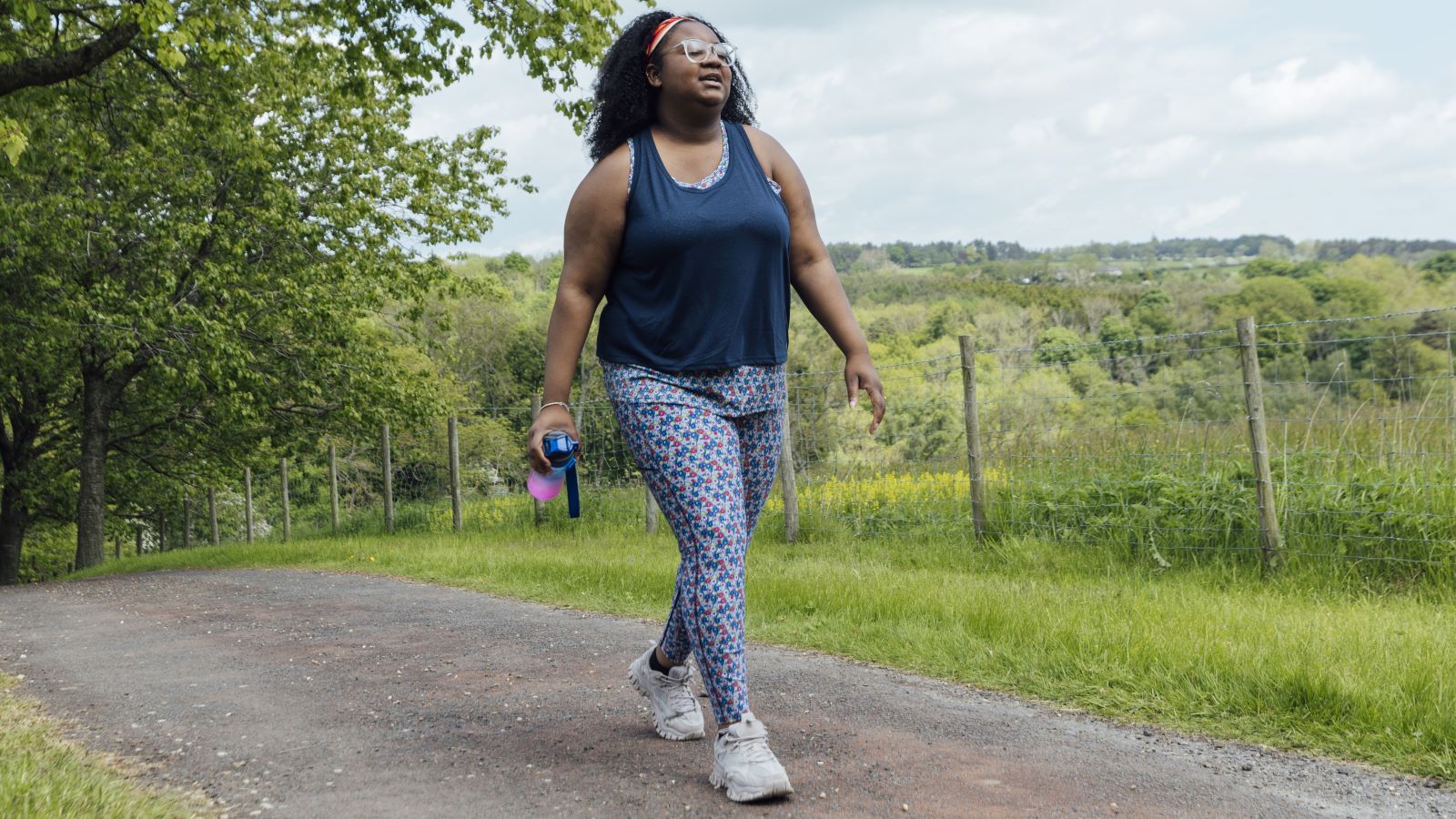<< Back
5 Ways to Protect Your Knees as You Age

July 04, 2025
Just like the rest of your body, your knees feel the effects of aging over time.
Some occasional aches and stiffness are normal – but that doesn’t mean there’s nothing you can do about it. Taking a few proactive steps now can help protect your knees and preserve your joint health for the long haul.
Ready to take charge? Mark Shekhman, MD, an orthopedic surgeon at the Bone & Joint Institute at Hartford Hospital shares simple tips you can start using today.
What’s going on with your knees?
If your knees feel stiff or sore when you get out of bed in the morning, you’re not alone – and there’s a reason.
“There are some very normal changes in our knees as we get older,” says Dr. Shekhman.
Here’s what could be behind that stiffness:
- Cartilage wears down, so there’s less cushioning in the joint.
- Ligaments lose elasticity, which can reduce stability.
- Muscle strength around the knee decreases, which means less support.
- Joint fluid production slows, leading to less natural lubrication.
- Metabolism slows down making it harder to maintain a healthy weight.
The good news? You can take steps now to help protect your knees from unnecessary strain and keep them strong and flexible as you age.
> Related: Do Rainy Days Really Cause Joint Pain?
1. Lighten the load.
A healthy weight isn’t just about numbers – it’s about protecting your joints.
“Every extra pound puts added pressure on your knees and speeds up cartilage wear,” says Dr. Shekhman. “Losing even a little weight can significantly reduce that stress and help your knees feel better.”
2. Keep moving.
Motion is medicine – especially for your knees.
“Low-impact activities like walking, swimming or cycling help strengthen the muscles that support your knees,” says Dr. Shekhman. “They also keep the joint flexible and reduce the risk of injury.”
3. Choose the right shoes.
Good knees start from the ground up, which means wearing shoes that support you.
“Supportive, well-cushioned footwear helps absorb impact and align your knees,” says Dr. Shekhman. “In some cases, orthotics can add extra stability.”
> Related: 5 Worst Shoes for Your Feet
4. Hit the weights.
Strong muscles mean healthier knees – so let’s pick up those weights.
“Your quads, hamstrings and calves play a big role in supporting and stabilizing the knee,” says Dr. Shekhman. “When those muscles are strong, they absorb more impact – so your joints don’t have to.”
5. Fix your posture.
Posture isn’t just about your back.
Good posture is one of the most overlooked ways to protect your knees and avoid unnecessary stress on the joints.
“Standing or sitting with good posture helps distribute your weight evenly,” says Dr. Shekhman. “That takes some pressure off your knees and helps prevent long-term strain.”
> Want more health news? Text StartHere to 85209 to sign up for text alerts
When to check in with your doctor.
It’s easy to shrug off knee pain – especially if it comes and goes. But some signs mean it’s time to get it checked out.
“Don’t ignore persistent or worsening knee pain,” says Dr. Shekhman. “The earlier we find the cause, the more options we have to treat it before it leads to bigger problems.”
Call your doctor if you notice:
- Pain that lasts more than a few weeks.
- Swelling, redness or warmth around the joint.
- Trouble walking or putting weight on your leg.
- Sudden, sharp pain after an injury.
- Pain that disrupts daily activities or keeps you up at night.
- Pain that persists despite taking medicines or trying techniques to reduce it.
“Listening to your body is one of the best things you can do,” adds Dr. Shekhman. “Even small changes in your knees can point to something bigger – and early care can make a big difference.”